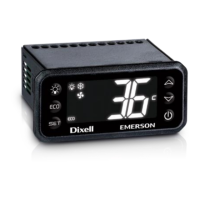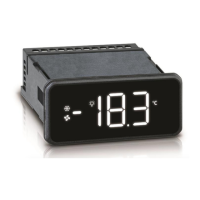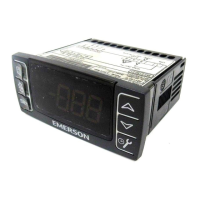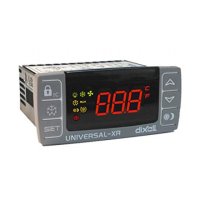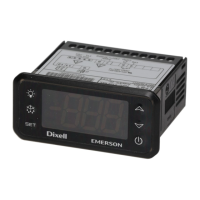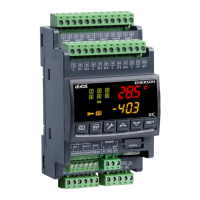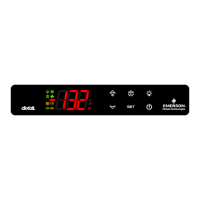1.11 Strobe 1 Flag, Strobe 2 Flag. The Strobe 1 Flag and Strobe 2 Flag status bits indicate
that an OFF to ON transition has occurred at the associated faceplate Strobe Input.
When this occurs, an axis position is captured and reported in the Strobe n Position
%AI status word, where “n” is Axis 1 - Axis 4. The Strobe n Flag %I bit is cleared by the
associated Reset Strobe n %Q bit. A maximum of 2 host controller sweeps is required
for the Strobe n Flag %I bit to be cleared in the host controller after a Reset Strobe n
%Q bit is turned ON. Once the Strobe n Flag bit is cleared, new data may be captured
by another Strobe Input. The position capture resolution is +/- 2 counts with an
additional 10 microseconds of variance for the strobe input filter delay.
Note: The Strobe n Flag bits do not indicate the logic level of the faceplate input, they only indicate that
an OFF to ON transition has occurred on the input.
1.12 Position Error Limit. The Position Error Limit status bit is set when the absolute value
of the position error exceeds the configured Position Error Limit value. When the
Position Error Limit status bit is set, Commanded Velocity and Commanded Position
are frozen to allow the axis to” catch up” to the Commanded Position.
1.13 Torque Limit. The Torque Limit status bit is set when the commanded torque
exceeds the torque limit setting for the configured motor type.
1.14 Servo Ready. This status bit is set when faceplate signal IN4 of the associated
connector (A, B, C or D) is ON (active low: ON = 0v, OFF = +5v). For each Servo Axis,
this input reports the Servo Ready state of the servo amplifier.
1.15 Follower Enabled. This status bit indicates when the Follower is enabled for the axis.
The Enable Follower % Q bit and an optional CTL01-CTL32 faceplate trigger input
enable the Follower function. If follower ramp acceleration control is active when
Follower Enabled turns on, the axis will accelerate to the master velocity command,
and when it turns off, the axis will decelerate to zero master velocity command. Both
acceleration and deceleration during the ramp process will utilize the configured
Follower Ramp Acceleration.
1.16 Velocity Limit. The Velocity Limit status bit is set if the velocity requested by any axis
command (internal path generator or internal/external follower source) exceeds the
configured velocity limit. Therefore, Velocity Limit is an indication that the axis is no
longer locked to its position command. If Follower is enabled, an error code is
reported in the associated axis Error Code variable when Velocity Limit is set.
An exception exists when unidirectional motion is configured by setting Command
Direction to Positive Only or Negative Only. Positive Only means that the velocity

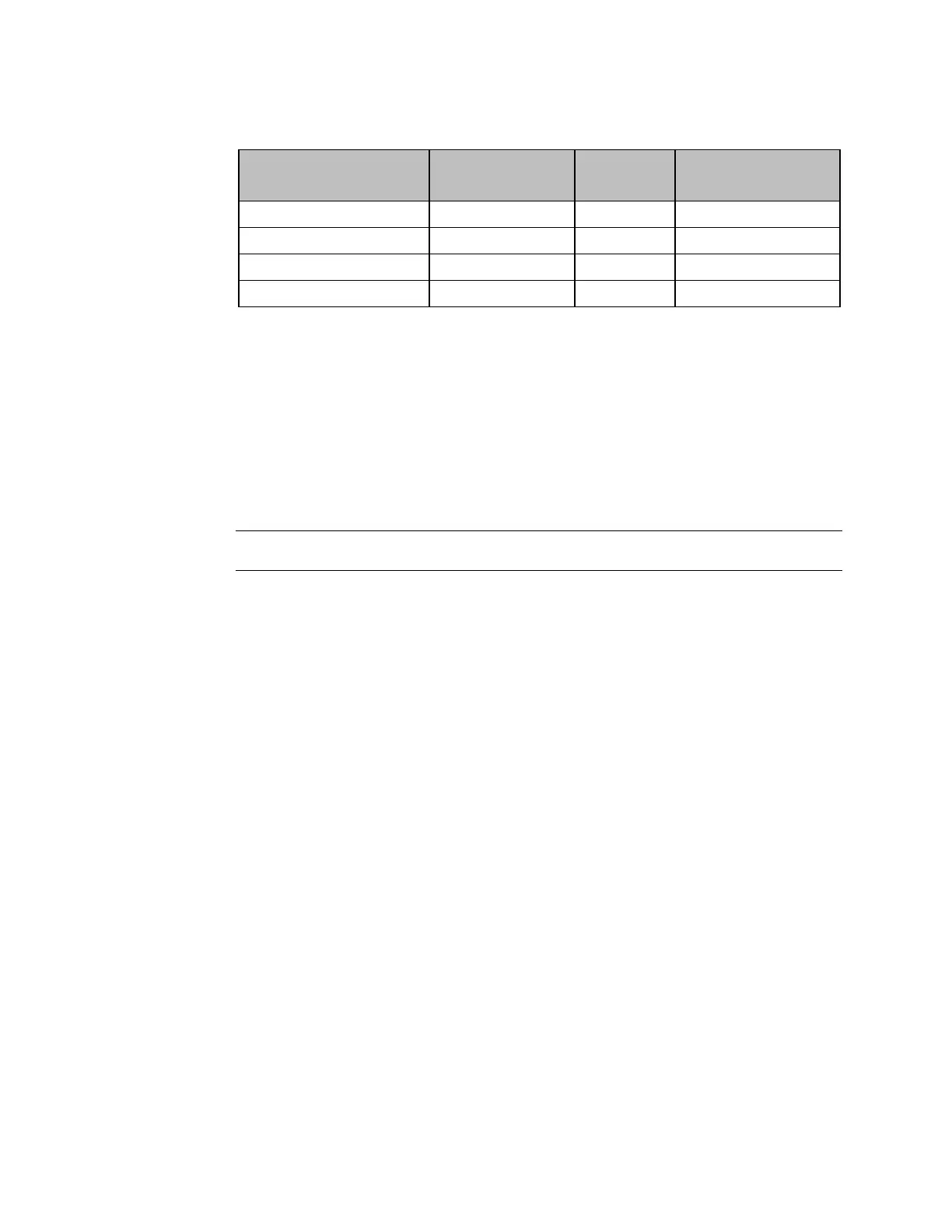